My experience is that Latin names definitely mean different things to different people. I submitted this manuscript as a draft to various people and the response varied from one which was nil, to some sort of general accord. I am, however, no longer confident that botanists either do or will agree with my contention is that the real essence of Latin names should, in addition to their many other usages, be in the relation of plants to their origins, relationships, behavior and imagined future. A classification can only have the authority that experience and knowledge permit, and be really evaluated and understood by persons with the same sort of evidence before them. In coming to closure I have been exploring some more, and with my wife Daphne, made two finds which further convince me that we have to come to a classification by agreement. However, the requirement is that species are seen to be highly complex systems with none of the rigidity and inflexibility that nomenclatural rules imply, nor any of the egocentric authoritarianism that a history, of which I have been a part, suggests.
I have recently written two papers. One deals with the H. nortieri complex, and the other with H. pygmaea. In writing the latter I interwove the comments of observers whose opinions I value, and conclude with the proposal that the elements acuminata, splendens, dekenahii, argenteo-maculosa, fusca and vincentii all be included in the super-species H. pygmaea. Concomitantly I suggest that H. turgida and its variants be absorbed in H. retusa. Behind these two propositions, I was intending to re-enforce my view expressed in Haworthia Update Vol.3, that H. mirabilis too be re-structured to include magnifica, maraisii, heidelbergensis and any associated varieties. The reason of course been the problem of continuity, however that is understood; and I suggest it is best understood by familiarity with the plants in the field and some recognition of biogeographical factors and the role these may play in driving change, adaptation and evolution.
In Update Vol.3 I illustrate examples from many of the populations known to me, and also draw attention to populations in the lower Breede River valley which are significant. Chapter 13 is entitled “Haworthia is confusing” and Kobus Venter kindly used this material to make a presentation to the Succulent Congress at Calitzdorp in 2006. In addition I sent a draft of this recent manuscript to Bob Kent who replied that he was not sure what I meant by agreement. My missive to Bob included two collections made subsequent to Kobus’ presentation and that are a harsh reality check. These need to be added to the material touched on by Kobus. The plants I illustrate come from only a few populations that I know of and I believe that the only logical conclusion that one can draw from that greater body of known populations is that there is one super species, H. mirabilis – among others. My view now is that we need to take ALL the populations known at the very least to me and try to build a rational, consistent and coherent classification which might fit an imagined model of a product for botanical science. Therefore what I mean by “agreement” is virtually that readers have to submit to the uncomfortable situation that I may be right and that there is no alternative but to go along with what I have concluded. The reservation is that new material may necessitate modification and my opinion is that it will probably drive the classification towards a still more conservative position.
My most recent excursion has in fact been to try and resolve the dramatic juxtaposition of variants that we lower down the Breede River. In summation of these, we have Adam Harrower’s collection (Fig.1) from Sandhoogte and Chris Burger’s collection, and (Fig. 2) at Buffelsfontein. These are both south of the Potberg.
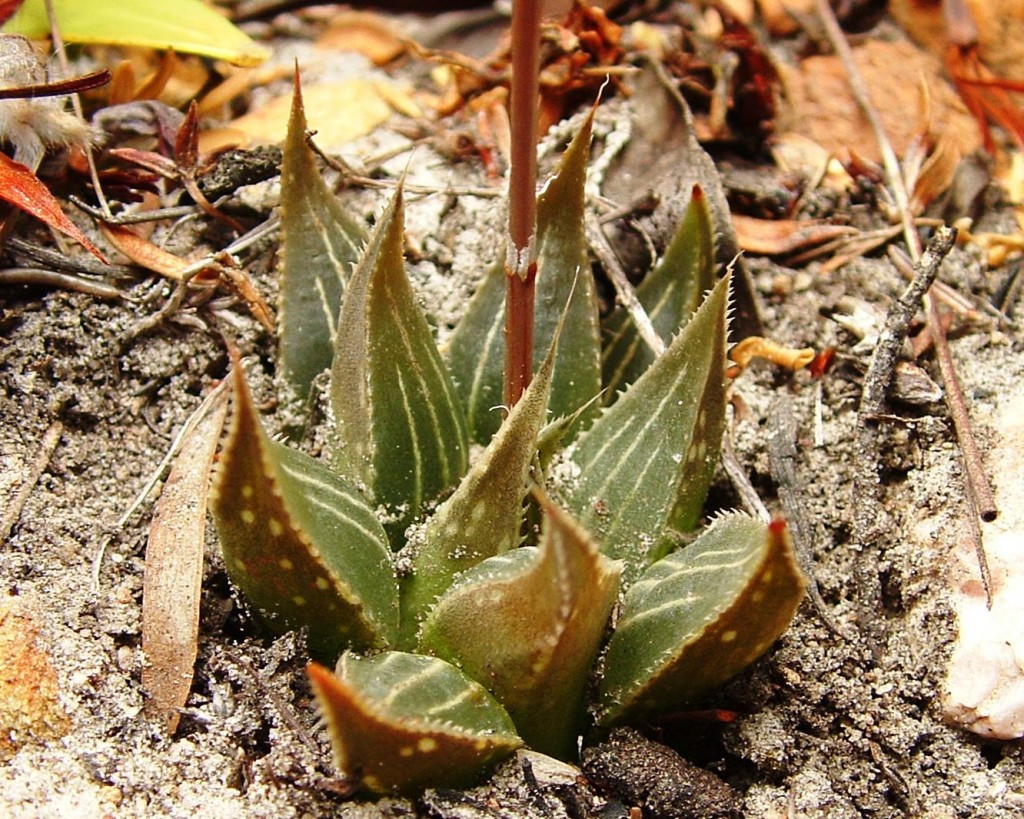
Fig. 1. MBB7251 H. mirabilis. Sandhoogte, De Hoop. 
Fig. 2. MBB7374 H. mirabilis. Buffelsfontein, De Hoop.
Then there are my collections from Stoffelsriver (Fig. 3), one nearer to Infanta (Fig. 4) and then two from Kleinberg (Figs 5 & 6). A curious addition that I have yet to see in the field, is a collection by Ismael Ebrahim (Fig. 7) of SA Biodiversity Institute from southwest of Vermaaklikheid. That collection resembles my Stoffelsriver collection and so provides the inevitable link to paradoxa.
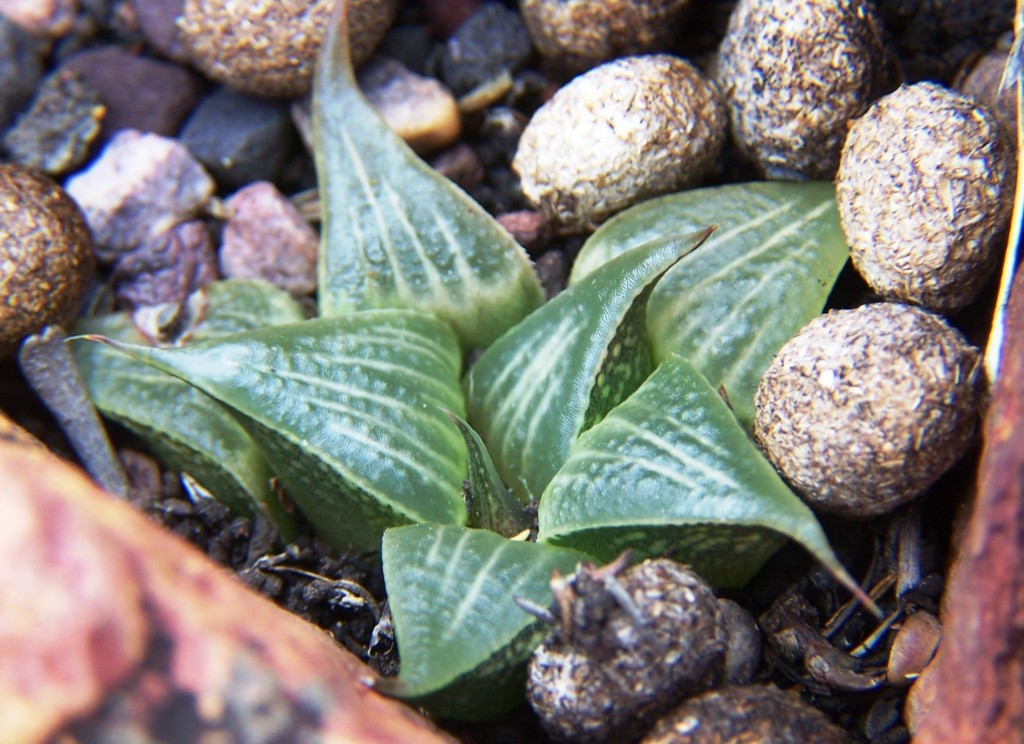
Fig. 3 MBB7520.1 H. mirabilis. Stoffelsrivier. 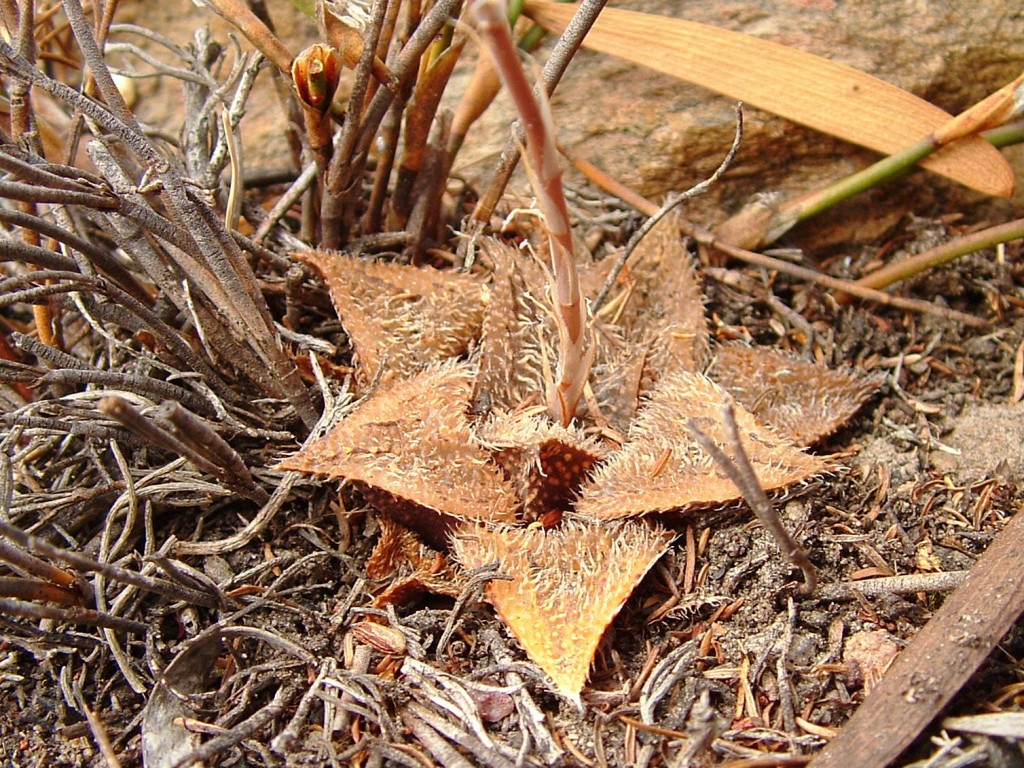
Fig. 4. MBB7248 H. mirabilis. Lower Breede River. 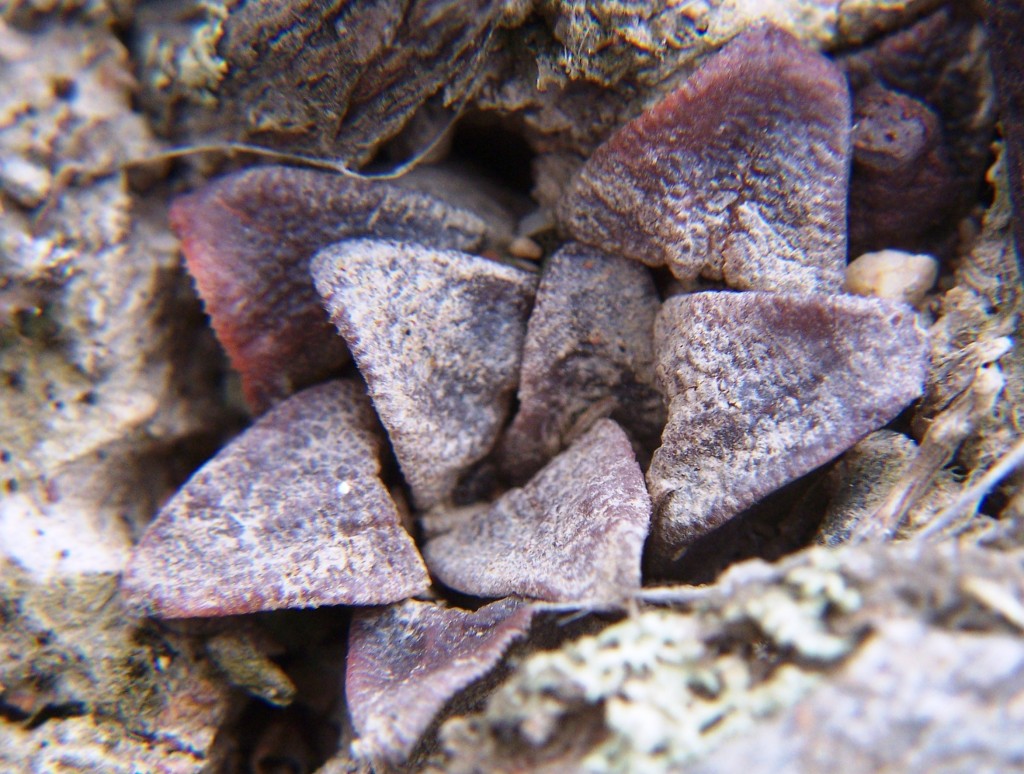
Fig. 5. MBB7496.1 H. mirabilis (alias maraisii cf atrofusca. ESE Kleinberg, Matjieskloof. 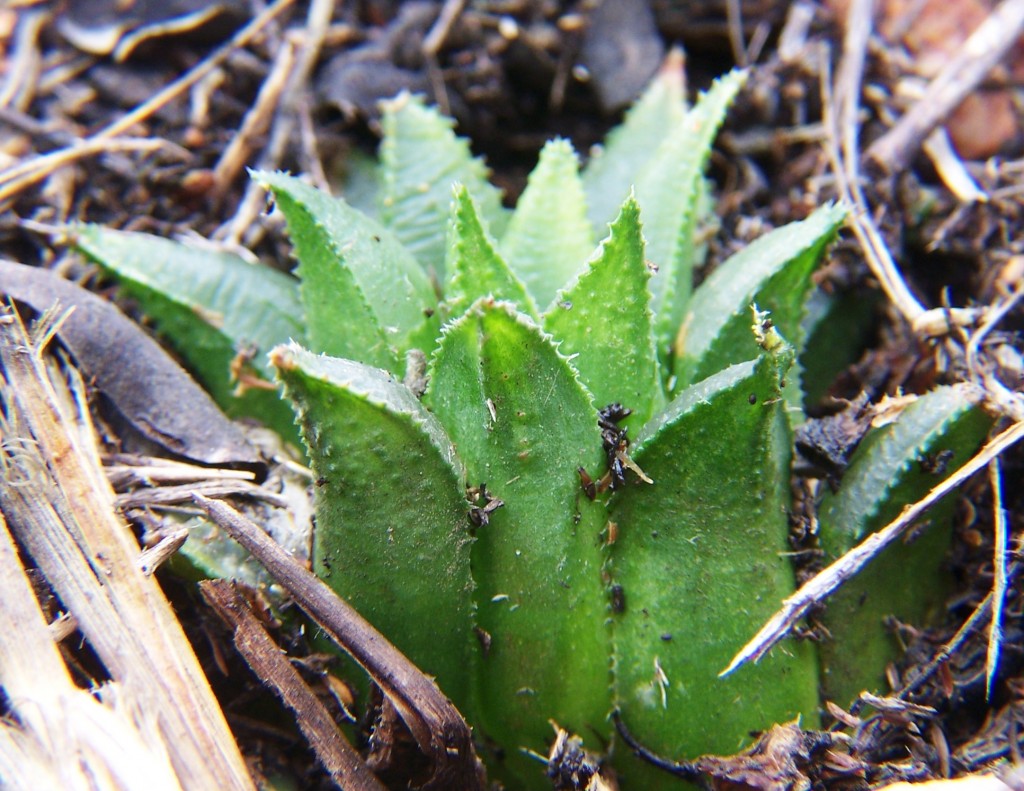
Fig. 6. MBB7516.1 H. mirabilis alias maraisii. Kleinberg. 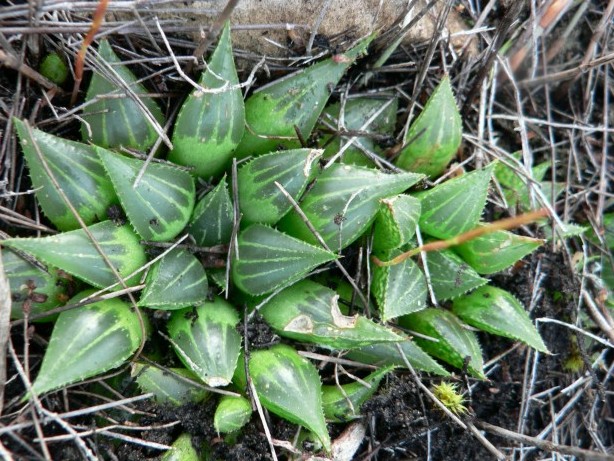
Fig. 7. Ismael Ebrahim sn. H. mirabilis alias paradoxa. Koensrust
At two localities near Melkhoutrivier (Figs 8 & 9), between Stoffelsrivier and the Infanta collection, we found plants which have to be related to those mentioned above. The plants are highly variable as I have now come to expect, and individuals can be likened to badia, acuminata and mutica. The surfaces have a curious sheen and may be incipiently spiny as the Sandhoogte and Buffelsfontein plants also are. The paradox is that we are also driven to the conclusion that the very small plants at Ziekenhuis (Fig. 10) are the same species. Collections, figures, 1 to 10 are a set within an incontestable biogeographic zone where geology is probably the most notable primary variable.
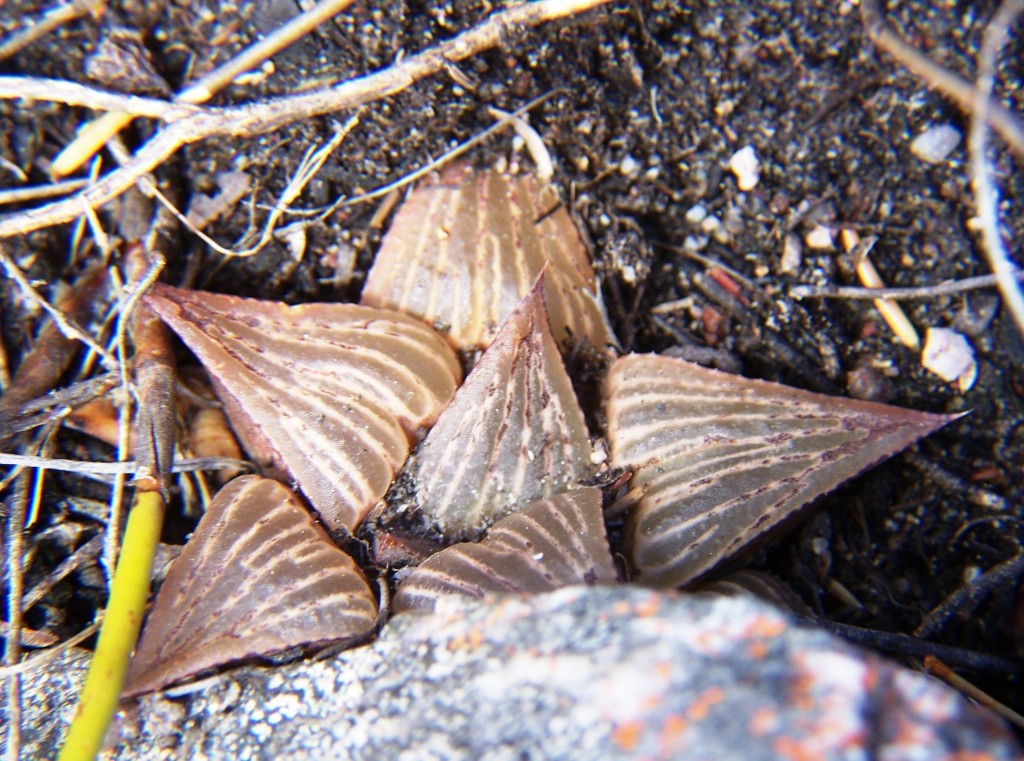
Fig. 8. MBB7608.1 H. mirabilis. Melkhoutrivier W. 
Fig. 9. MBB7609.1 H. mirabilis. Melkhoutrivier E. 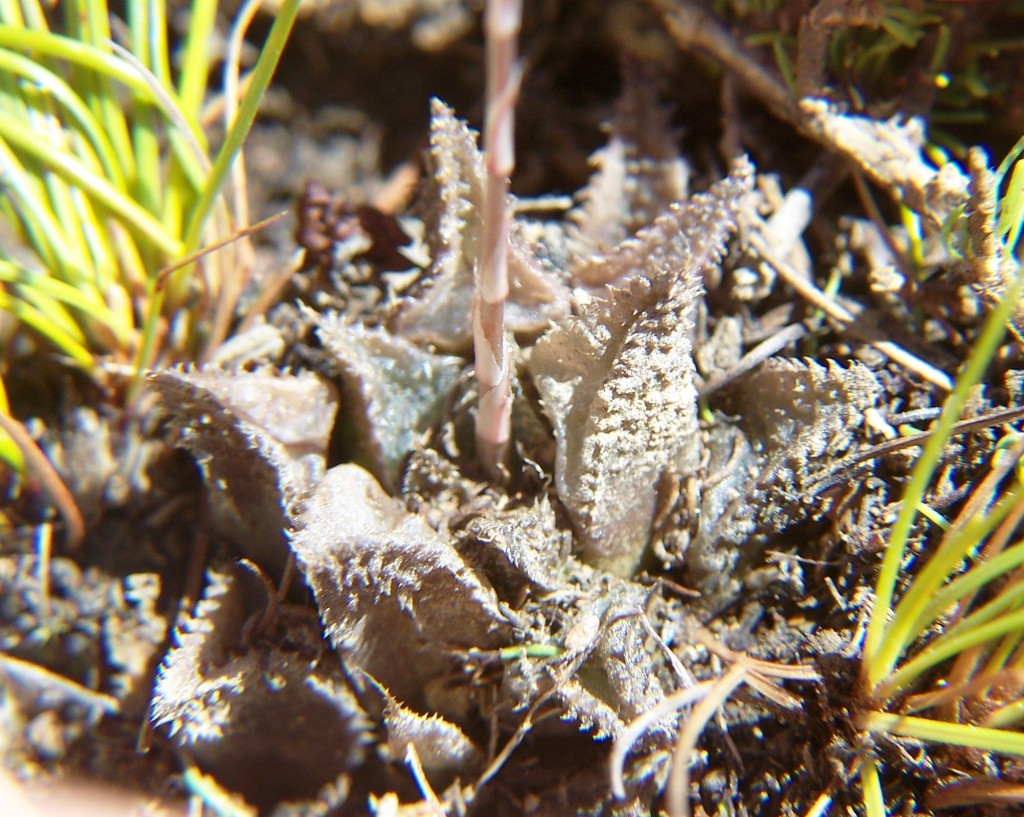
Fig. 10. MBB7615. H.mirabilis alias maraisii. Aalwee, Diepkloof.
What re-enforces this seemingly improbable juxtapositioning of such different things, apart from my lengthy dissertation on the matter in Update 3, is a second find we made southeast of the Bromberg (Figs 11 & 12). This is near the locality for what I suggest is H. rossouwii var elizeae, and also for several variants of what have in the past, been classified as maraisii and mirabilis or variants thereof. My new find is a remarkable array of large very dark-green (nearly black), plants which dramatically enforce the close association between mirabilis and maraisi as well as with heidelbergensis. These plants include the elements of both “species” as they might have been understood. What is striking is again the huge variation in the population that I have come to expect in this complex. The plants do lack the opaque dots on the under-leaf surfaces while the upper surfaces may be clearly windowed or opaque. They bring forcibly to my mind a sequence of populations from Heidelberg in the east to Verdwaalskloof near Riviersonderend in the west that I suggested forged the interface of mirabilis and maraisii. Coupled with this is the array of populations both north and south which enforce that continuity and that also lead on to heidelbergensis. So while collection 11 & 12 … may fall outside the compass of a Lower Breede biogeographic zone, it is unlikely that evidence can be found to suggest that it is not in a continuum of many other populations that link it with that zone. We are thus dealing with elements which are grossly different in imagery that constitute one system that can be said to be a “species”. (Note:- the pictures are of single plants and they convey neither the respective sizes of the plants, nor the gross variability within those populations. It is nevertheless true that generally one could probably assign a given specimen to each population – if required to do so).
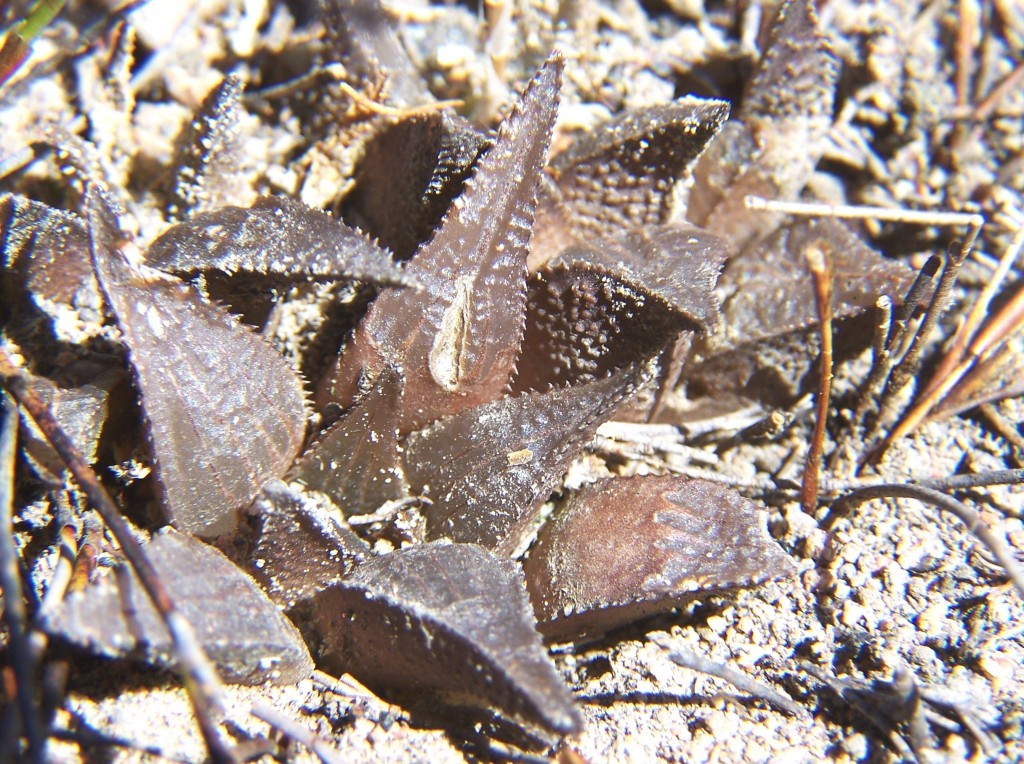
Fig. 11. MBB7612.3 H. mirabilis. Diamant. 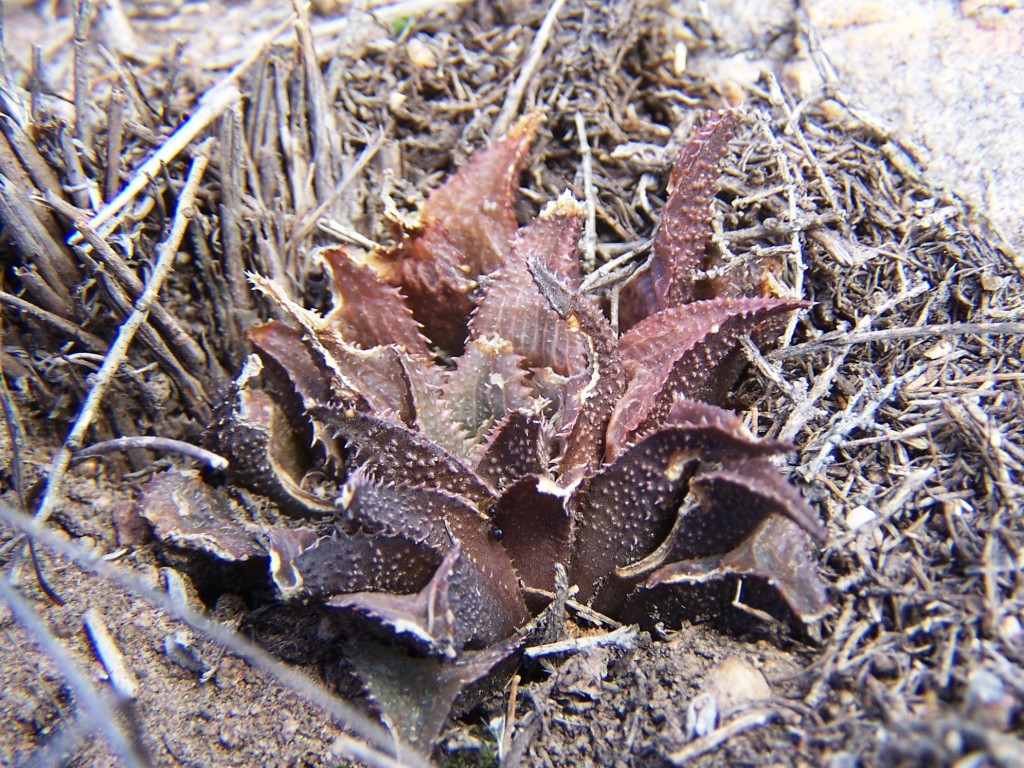
Fig. 12. 7627.1 H. mirabilis. Diamant E.
My recommendations are:-
1. deficiencies in respect of a species definition be admitted and rectified.
2. the nomenclatural code is summarily assigned a secondary role to a dispensation which is more flexibly attuned to the realities of a truly asymmetric species structure with more emphasis on reflecting field relationships, and to the competence of its users.
3. the illusion of reality that the ranks of genus, subspecies and variety provide should be admitted. Genera should be recognised for their historical and artificial value, but for species I would suggest that much more attention be given to the huge asymmetric and asynchronous variability that underlies capacity to change and adapt.
With the adoption of, say, H. mirabilis as a super species, variants can be indicated by the addition of any other epithet in inverted commas; thus H. mirabilis ”maraisii”, H. mirabilis “heidelbergensis”, H. mirabilis “Melkhoutrivier” in the knowledge that there is in fact no clear and infallible distinction, or pretension that minor ranks have any reality either.
In completing this manuscript and re-reading it, I could not help but keep referring to the book by Felipe Fernadez-Armesto entitled “Truth”. The cover blurb includes the words…”We need a history of truth – though until now no-one has tried to write one”. There is also a note by Robert Winder which reads … ”A sharp and interesting work bound to enrage specialists in the fields he sprints through”. My own summation is that I have tried to write a truthful account of Haworthia. It will surely also enrage others who try to do the same, as well as others who may perceive the truth in some other fashion. To them I truly apologize. I do not have the answers and find my own writing quite as pompous and irritating as my readers may too. It does appear to me that we have as a society …”lost faith in the reality of it and lost interest in our search for it (truth)”.
